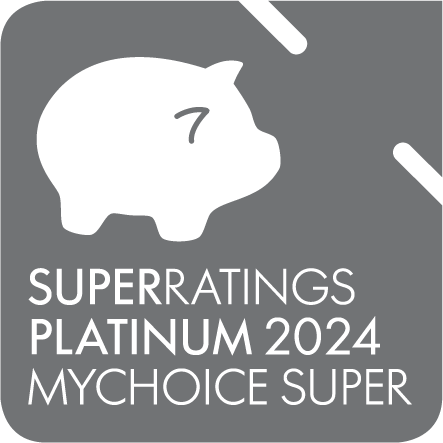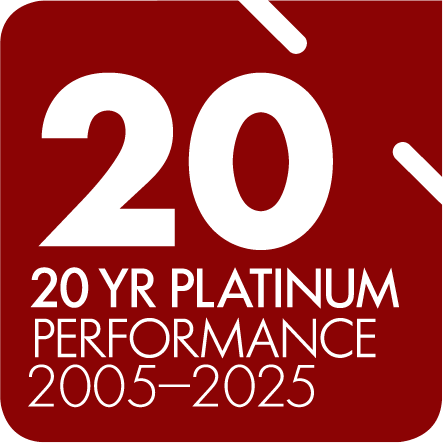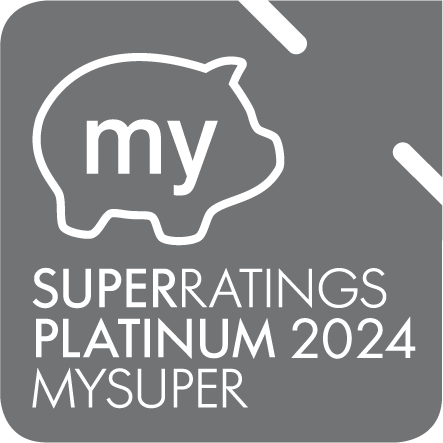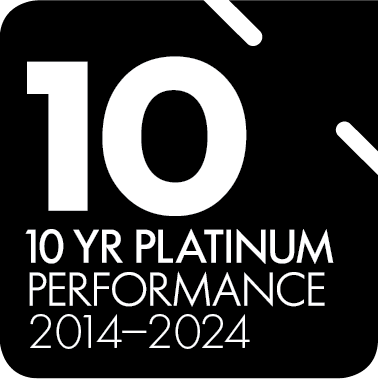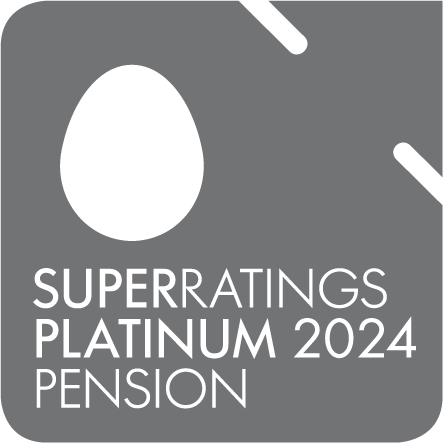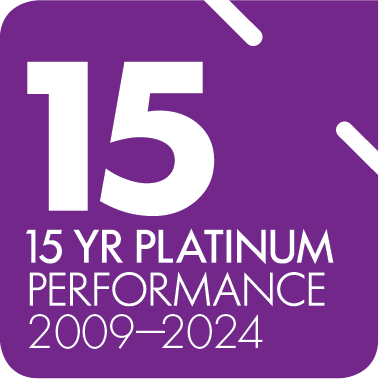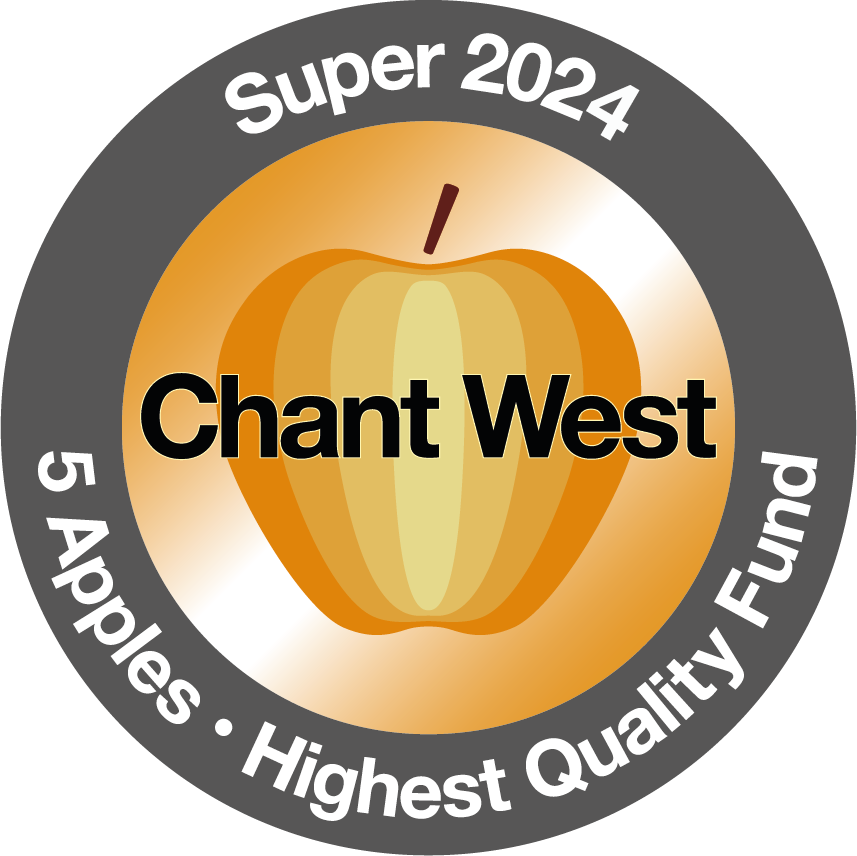Can I contribute to my superannuation during the pension phase?
The short answer is yes. But there are conditions you need to keep in mind.
Most importantly, contributions can only be paid into a super account.
This means pension account such as those listed below are not eligible for additonal contributions.
Retirement Income Accounts (RIA) / Account-Based Pension (ABP)
Transition to Retirement Income Accounts (TRIA).
If your money is already in one of these pension accounts and you want to add more to it, you'll need to move the money back into your super account first, then move it back into a new pension account. This may mean opening a new super account to receive those contributions. This is known as pension reboot.



